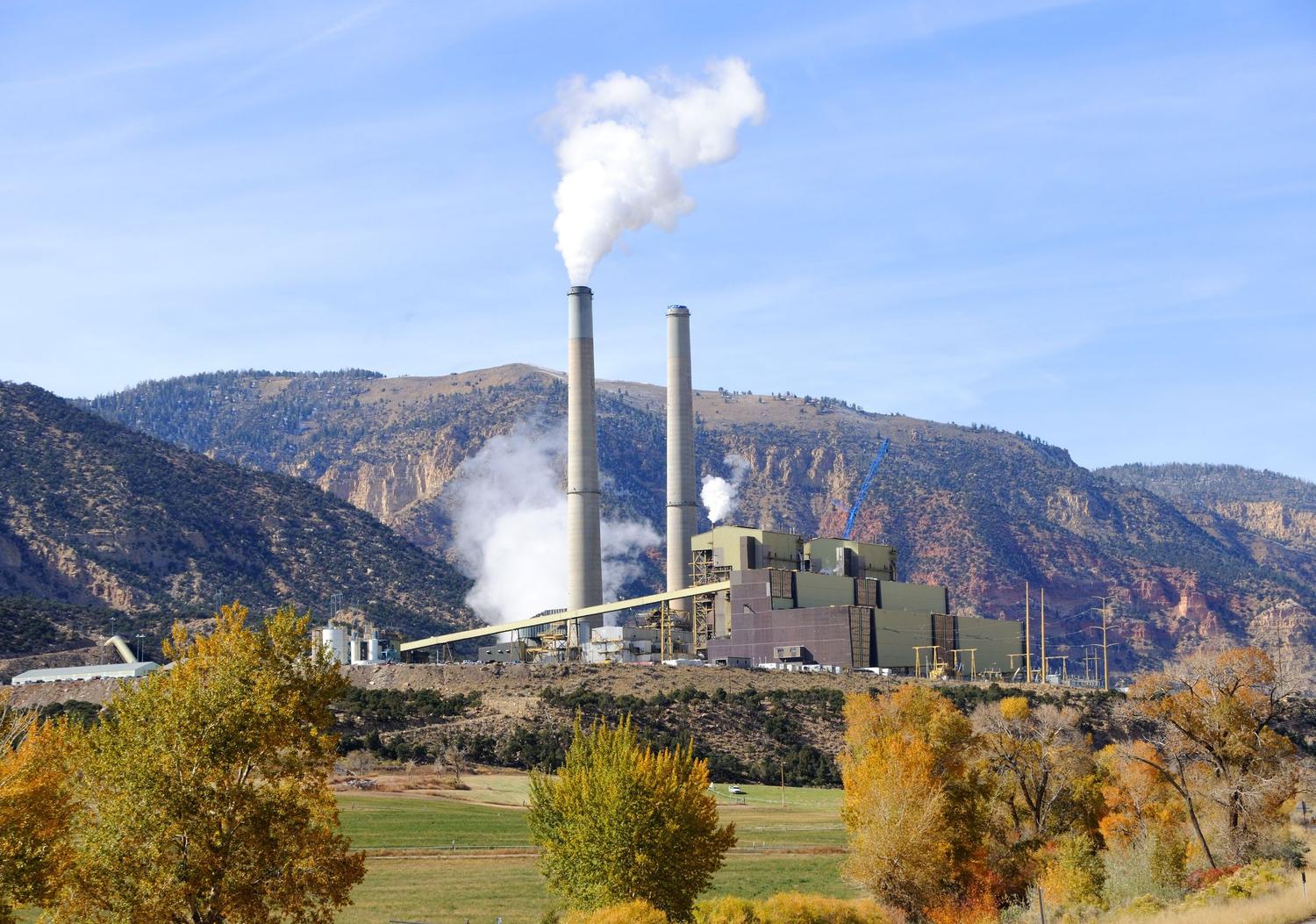The US electric grid was built around a combination of baseload, load following and peaking generating plants. The US nuclear generating fleet has been used primarily for baseload service because the plants were reliable, and their design was not well suited to load following. The US coal generation fleet was used for both baseload and load following service. Oil and, later, natural gas simple cycle turbines were used for peaking service because they could be brought online quickly and could respond rapidly to changing demand. Hydroelectric generation, where available, was operated primarily as baseload generation because of its low cost. The introduction of natural gas combined cycle powerplants initially replaced simple cycle turbines because of their higher efficiency and operating flexibility. Later, they began to replace coal generators because of their higher efficiency and cleaner operation.
Concerns regarding climate change, the availability of various federal and state incentives, and the availability of lower cost wind and solar generators of improved design led to the introduction of these generating technologies into the US electric generating mix. However, both wind and solar differ in fundamentally important ways from conventional nuclear and fossil generation. Neither can be relied upon to be available when required and neither can be dispatched. They offer essentially “source of opportunity power”, available to be used when the wind blows and the sun shines. As wind and solar have entered the market, their “source of opportunity power” has been backed up by coal, natural gas and hydroelectric generation.
As the installed wind and solar generating capacity increases, the requirement for conventional backup also increases since the unavailability of wind and sun results in the loss of greater total generating capacity. This arrangement has worked reasonably well early in the intended transition to renewable generation. However, the expressed intent of the government is to eliminate the coal and natural gas generation which formed the backbone of the US generation fleet. This would also eliminate the ability to use fossil generation resources to provide backup power when the wind and solar generation resources are inadequate because of low wind conditions, cloudiness and darkness.
In the absence of dispatchable backup generation resources, the source of backup must transition to energy storage. Because of topography and environmentalist resistance to pumped hydro storage, the primary storage technology will likely be storage batteries. The storage battery capacity must be large enough to store all of the electric energy which would be expected to be needed during the longest period of low/no wind and solar availability which might be expected to occur. That also means that the wind and solar generating capacity must be large enough to serve almost all of the customer load when they are in operation, plus produce the additional electricity required to charge the storage batteries for use in periods of low/no wind and solar availability, and to recharge them afterwards.
Recent experience in the UK demonstrates that “wind droughts” can persist for weeks. In the current situation, the UK is able to draw power from the EU grid, supplied by nuclear, coal and natural gas generation. However, as the share of wind and solar generation increases and these conventional generating resources are eliminated, massive grid-scale storage facilities will be required to store the required electric energy and the capacity of wind and solar generation will be required to increase to charge the storage batteries. Prudence would also require the installation of both reserve generation and storage capacity to compensate for equipment maintenance and repair requirements.
The resolution of these issues is neither “blowin’ in the wind” nor basking in the sun. They must be resolved to avoid populations “freezing in the dark”.
